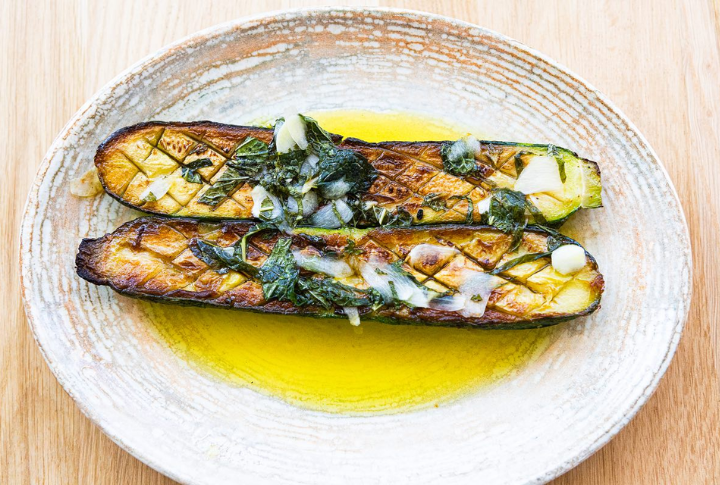
The discovery of ancient cauldrons has provided a fascinating glimpse into the culinary practices of civilizations from 5,000 years ago. These artifacts, unearthed by archaeologists, act as a bridge to the past, revealing the types of food that were valued and prepared by ancient societies. Through the study of these cauldrons, we gain insight into the evolution of eating habits and how these early culinary choices have shaped the way we eat today.
Barley Porridge

A staple in many ancient diets, barley porridge was a nutritious and filling dish commonly prepared in cauldrons. Mixed with water or milk and cooked over open fires, this simple yet hearty meal furnished sustenance and energy to our predecessors.
Roast Meat
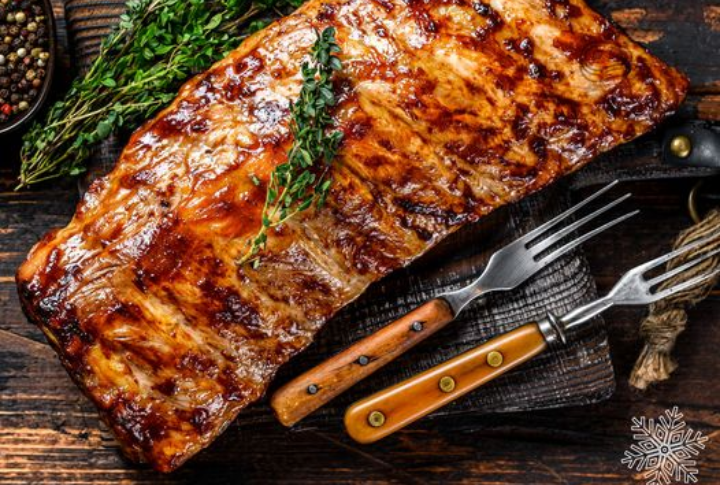
Primitive cauldrons often bore evidence of roasting meats, ranging from wild game to domesticated animals. Whether seasoned with herbs and spices or enjoyed plain, roast meat was a delicacy savored by antediluvian societies worldwide.
Vegetable Stew
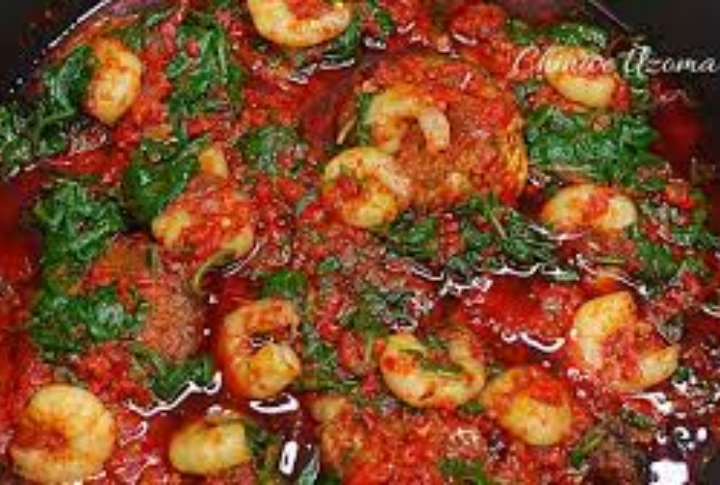
Archaeological findings suggest that vegetables, such as onions, carrots, and cabbage, were commonly stewed in archaic cauldrons. These vegetable stews provided a flavorful and nutritious complement to main courses, showcasing the culinary diversity of early civilizations.
Fish Broth
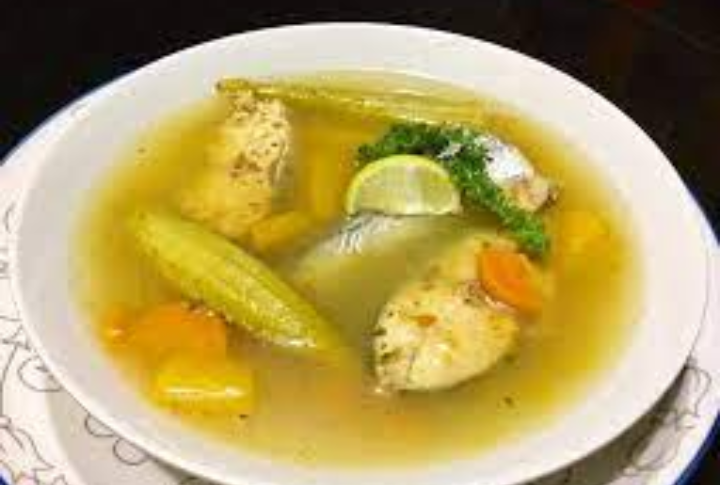
Near coastal regions, fish broth was a prevalent dish prepared in cauldrons. Made by simmering fish bones, condiments, and vegetables in water, this aromatic broth was nourishing and savory. It also reflects the reliance on marine resources in ancient diets.
Flatbreads

Evidence of flatbread production has been found in antediluvian cauldrons, revealing the widespread consumption of this versatile food item. Made from ground cereals and water, flatbreads were baked on hot surfaces, serving as a staple food in many age-old cultures.
Fruit Compote

Sweet treats also graced the ancient table, with fruit compotes being a popular choice for dessert. Fruits such as figs, dates, and grapes were stewed with honey or other sweeteners in cauldrons, creating a delectable finale to meals.
Bean Stew
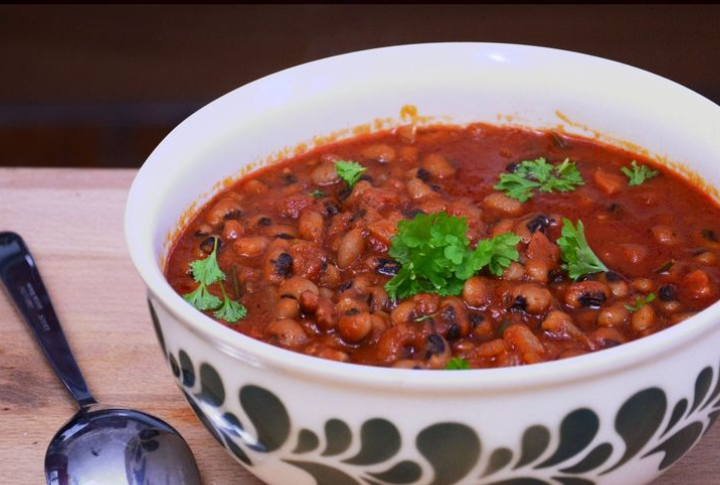
Beans were a dietary mainstay in many early societies, and archaeologists have uncovered proof of bean stews prepared in cauldrons. Rich in protein and fiber, bean stews were a hearty and nutritious meal for ancient populations.
Herbal Infusions

Cauldrons were used for cooking and brewing herbal infusions and teas. Fragrant herbs such as mint, thyme, and chamomile were steeped in hot water, creating soothing and aromatic beverages with their taste and medicinal properties.
Grain Pilaf
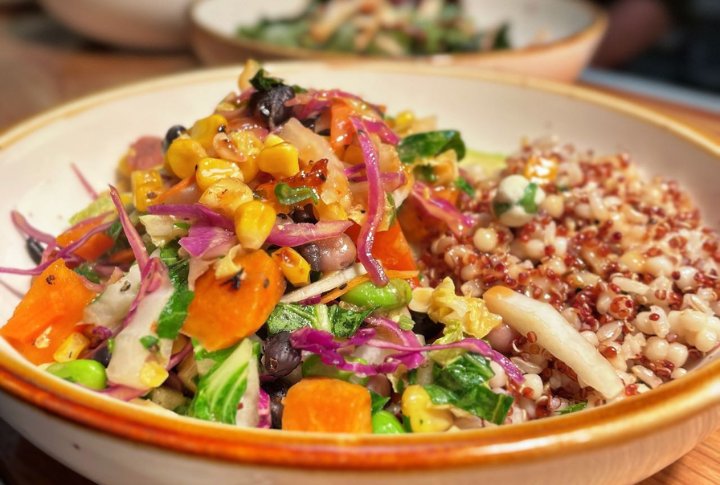
Grains like rice, wheat, and barley were usually cooked into flavorful pilafs in age-old cauldrons. Mixed with herbs, spices, and sometimes meats or vegetables, grain pilafs symbolized epicurean sophistication and were enjoyed on special occasions.
Honeyed Mead
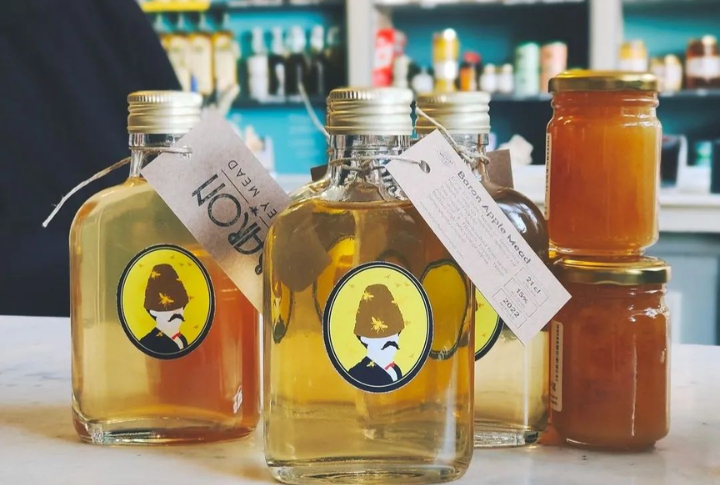
A precursor to modern alcoholic beverages, mead was brewed in primitive cauldrons using honey, water, and yeast. This fermented drink held ceremonial and social significance and was often shared during celebrations and gatherings.
Dried Fruit Compotes
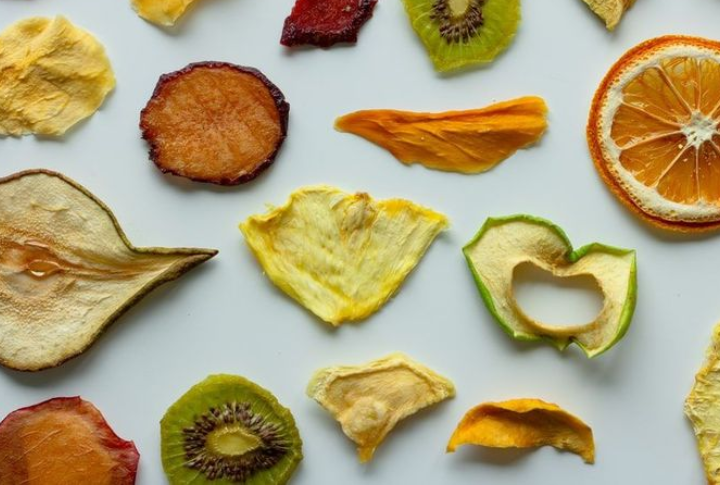
Dried fruit compotes were a popular alternative in regions with scarce fresh fruits. Dried figs, apricots, and raisins were rehydrated and stewed with spices, creating a sweet and tangy dish that provided a taste of indulgence in ancient times.
Heritage Grains Porridge
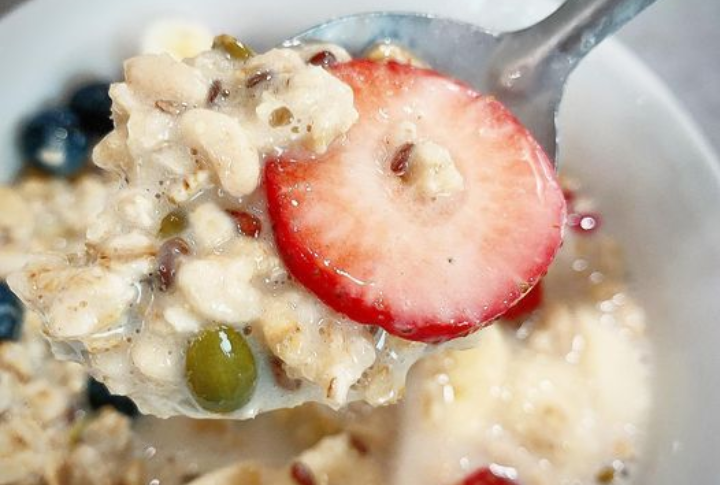
Old cauldrons have revealed traces of porridge from heritage grains such as spelled, emmer, and einkorn. These antediluvian cereals, revered for their resilience and nutritional value, were a dietary cornerstone for early civilizations.
Wild Greens Salad
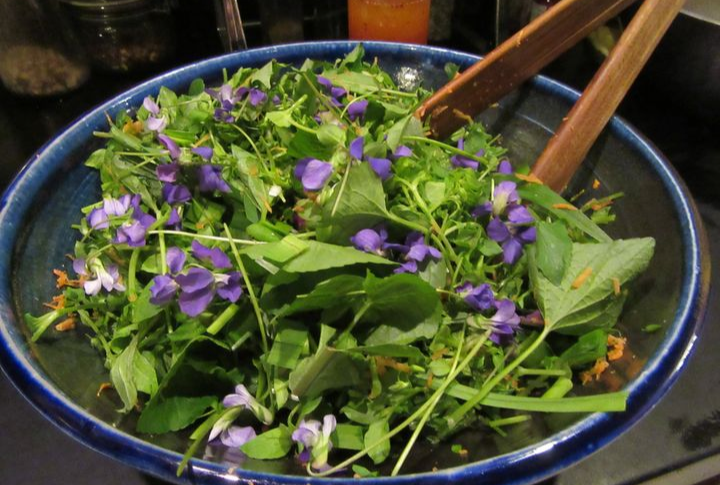
Foraged greens such as dandelion, purslane, and sorrel were likely consumed, as evidenced by remnants found in cauldrons. These nutrient-rich salads provided a refreshing and healthful addition to ancient meals.
Savory Pies

Proof of pastry production has been found in conjunction with archaic cauldrons, suggesting the existence of savory pies filled with meats, vegetables, and spices. Early people loved these portable and satisfying dishes on the go.
Nutty Desserts
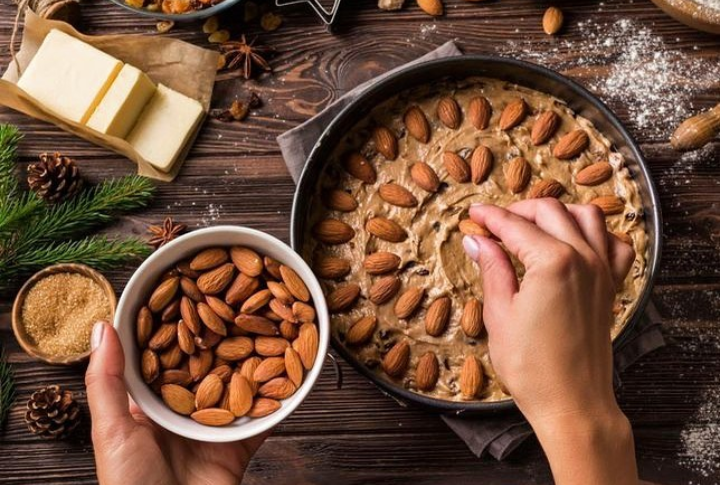
Nuts like almonds, walnuts, and hazelnuts were commonly incorporated into age-old desserts and confections. Ground into pastes or mixed with honey, nuts added richness and texture to sweet treats relished by our ancestors.

Comments
Loading…